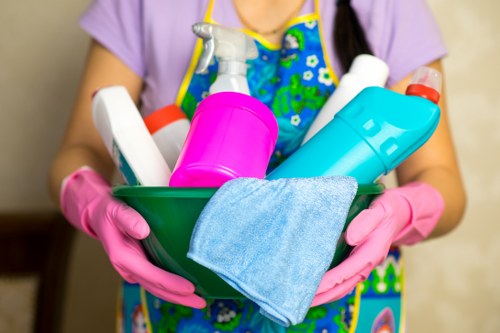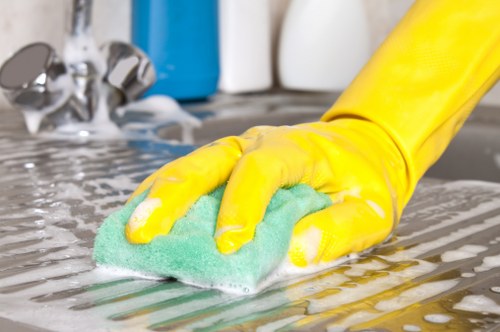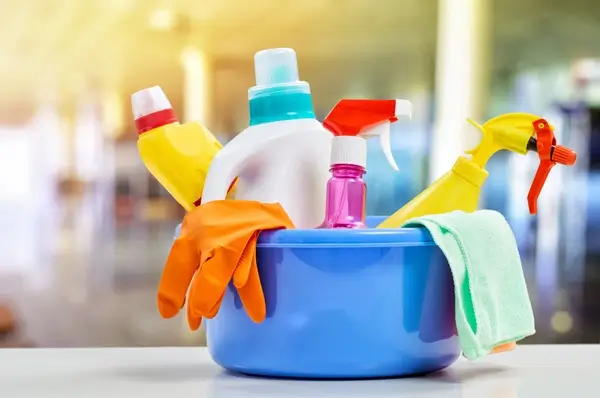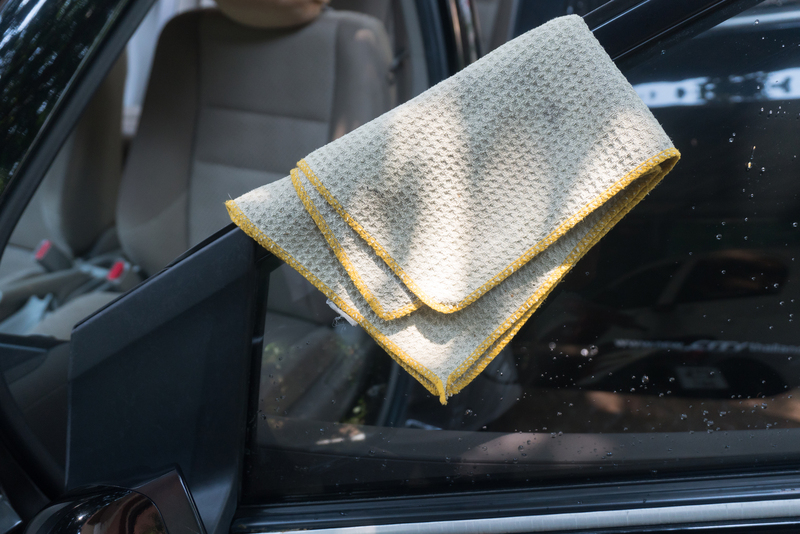Oven Cleaning: Keeping Your Kitchen Appliance Spotless

Maintaining a clean oven is essential not only for hygiene but also for the appliance's efficiency and longevity. Oven cleaning may seem like a daunting task, but with the right techniques and regular maintenance, it can be a manageable part of your kitchen routine. In this comprehensive guide, we'll explore various methods and tips to achieve a sparkling oven that performs optimally.
Regular cleaning helps prevent the buildup of grease and food particles, which can lead to unpleasant odors and even potential fires. By staying on top of oven maintenance, you ensure that your cooking environment remains safe and your meals taste as delicious as intended.
Before diving into the cleaning process, it's important to understand the different parts of your oven and the best cleaning agents to use. Whether you prefer natural solutions or commercial cleaners, knowing your options will help you choose the most effective method for your needs.

One of the primary areas that require attention during oven cleaning is the oven racks. Over time, racks can accumulate stubborn grime that resists regular washing. To tackle this, remove the racks and soak them in warm, soapy water for several hours or overnight. For tougher stains, create a paste using baking soda and water, apply it to the racks, and let it sit before scrubbing.
Another crucial component is the oven door. The glass can become coated with grease and baked-on spills, making it difficult to see inside and potentially affecting the oven's performance. Using a mixture of vinegar and water, wipe down the glass with a soft cloth or sponge, ensuring all residues are removed for a clear view.
Ventilation plays a key role in overall oven performance and cleanliness. Regularly check and clean the oven's ventilation system to prevent the buildup of grease and debris, which can impede airflow and affect cooking efficiency.

For the oven's interior, consider using self-cleaning features if your appliance is equipped with them. Self-cleaning ovens use high temperatures to burn off food residues, turning them into ash that can be easily wiped away once the oven cools down. While convenient, it's essential to follow the manufacturer's instructions to avoid damage.
If you prefer not to use the self-cleaning function, homemade cleaning solutions can be highly effective. A popular method involves sprinkling baking soda over the oven's interior, spraying it with vinegar, and allowing the mixture to foam and break down grime. After letting it sit overnight, wipe away the loosened debris with a damp cloth.
Always remember to wear protective gloves when handling cleaning agents to safeguard your skin from harsh chemicals or abrasive materials.

Maintaining a clean oven doesn't stop at the interior. The exterior surfaces, including control knobs and door handles, should be wiped down regularly to prevent the accumulation of fingerprints and spills. Use a mild detergent and a soft cloth to gently clean these areas without causing scratches.
It's also beneficial to clean spills immediately after cooking to prevent them from hardening and becoming more difficult to remove. Keeping a cleaning routine not only makes each cleaning session easier but also helps in spotting potential issues early.
Incorporating regular oven cleaning into your household chores ensures that your kitchen remains a pleasant and efficient space for cooking and entertaining. By following these tips and utilizing effective cleaning methods, you can enjoy a spotless oven that enhances your culinary experiences.





